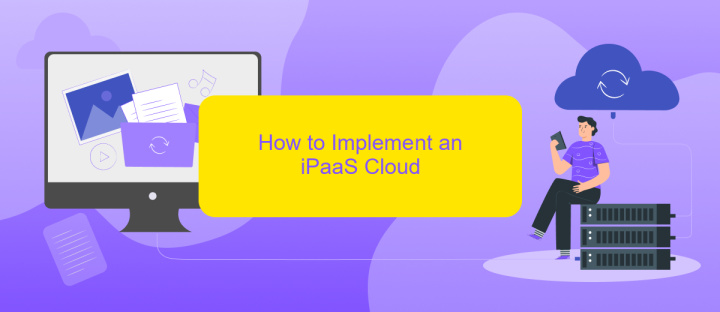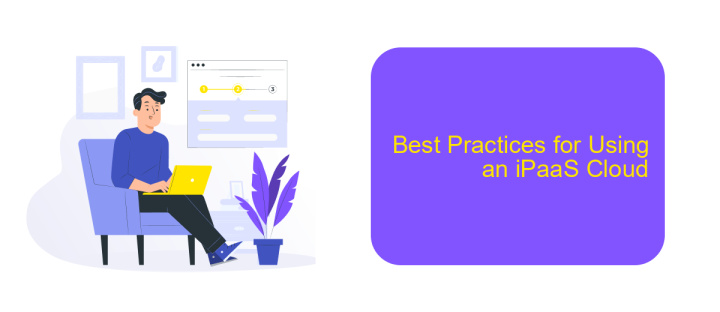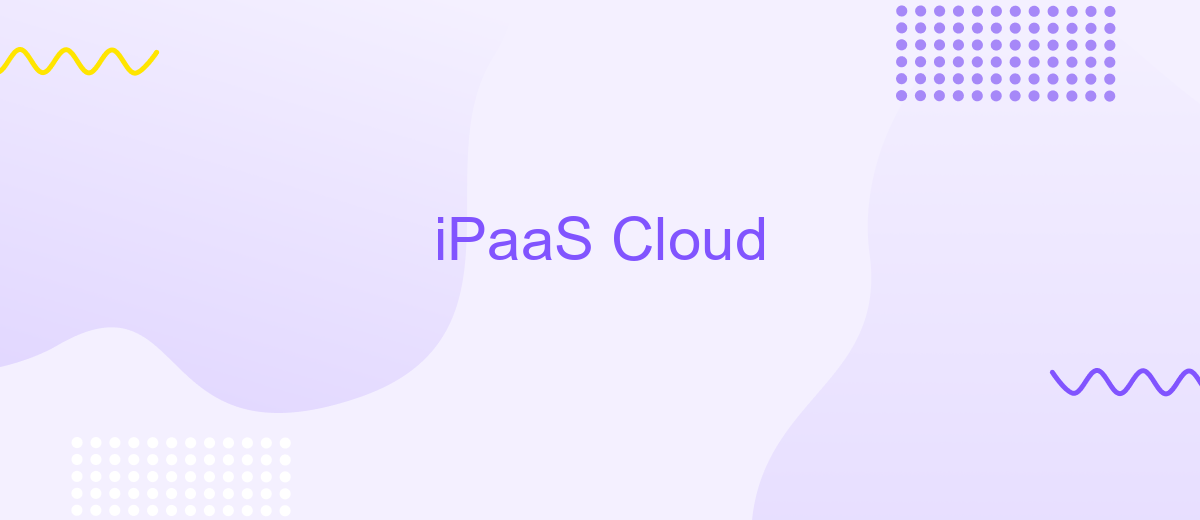iPaaS Cloud
Integration Platform as a Service (iPaaS) is revolutionizing the way businesses connect and manage their diverse applications and data sources in the cloud. By offering a seamless, scalable solution for integrating on-premises and cloud-based systems, iPaaS enables organizations to streamline operations, enhance productivity, and drive innovation. This article explores the key benefits, features, and use cases of iPaaS in today’s digital landscape.
Introduction to iPaaS Cloud
Integration Platform as a Service (iPaaS) is a cloud-based solution designed to connect disparate systems, applications, and data sources within an organization. By leveraging iPaaS, businesses can streamline their workflows, enhance data integration, and improve overall operational efficiency.
- Simplified integration processes
- Scalability to meet growing business needs
- Real-time data synchronization
- Cost-effective and reduced IT overhead
One notable example of an iPaaS solution is ApiX-Drive, which facilitates seamless integration between various applications and services. ApiX-Drive allows users to automate workflows without requiring extensive coding knowledge, making it accessible for both technical and non-technical users. By using iPaaS solutions like ApiX-Drive, organizations can ensure their systems work harmoniously, thereby fostering better data management and operational agility.
Benefits of Using an iPaaS Cloud

Adopting an iPaaS (Integration Platform as a Service) cloud solution offers numerous advantages for businesses. One of the primary benefits is the seamless integration of various applications and data sources, which can significantly enhance operational efficiency. By utilizing an iPaaS like ApiX-Drive, organizations can automate workflows and synchronize data across different platforms without the need for extensive coding or manual intervention. This not only saves time but also reduces the risk of errors, ensuring that data is consistent and up-to-date.
Another key advantage of using an iPaaS cloud is its scalability and flexibility. As businesses grow and their integration needs evolve, an iPaaS can easily scale to accommodate new applications and increased data volumes. Solutions like ApiX-Drive offer user-friendly interfaces and pre-built connectors, making it simple to set up and manage integrations. Additionally, iPaaS platforms typically provide robust security features, ensuring that data transfers are secure and compliant with industry standards. This combination of ease of use, scalability, and security makes iPaaS an invaluable tool for modern businesses looking to streamline their operations and drive growth.
How to Implement an iPaaS Cloud

Implementing an iPaaS (Integration Platform as a Service) Cloud involves several critical steps to ensure seamless integration and data flow between different applications. To get started, follow these steps:
- Identify Integration Needs: Assess your business processes to determine which systems and applications need to be integrated.
- Select an iPaaS Provider: Choose a reliable iPaaS provider like ApiX-Drive, which offers user-friendly tools for setting up integrations without coding.
- Configure Connections: Use the iPaaS platform to establish connections between your applications. For instance, ApiX-Drive simplifies this by providing pre-built connectors for various software.
- Map Data Flows: Define how data should flow between the integrated systems. Ensure that data mapping is accurate to avoid discrepancies.
- Test Integrations: Conduct thorough testing to ensure that data is being transferred correctly and that the integrations function as expected.
- Monitor and Maintain: Regularly monitor the integrations and perform necessary maintenance to address any issues promptly.
By following these steps, businesses can effectively implement an iPaaS Cloud solution, enabling seamless data integration and improved workflow automation. Leveraging platforms like ApiX-Drive can significantly streamline the process, making it easier to manage and maintain integrations.
Best Practices for Using an iPaaS Cloud

When leveraging an iPaaS cloud, it’s essential to follow best practices to ensure seamless integration and optimal performance. Start by thoroughly assessing your business needs and identifying the specific applications and data sources that need to be integrated.
Next, establish a clear integration strategy. This involves defining data flow, setting up data governance policies, and ensuring compliance with relevant regulations. It is also crucial to select the right iPaaS provider that aligns with your business objectives and offers robust support and scalability.
- Regularly monitor and maintain integrations to prevent disruptions.
- Utilize tools like ApiX-Drive to simplify the setup and management of integrations.
- Ensure data security by implementing encryption and access controls.
- Document integration processes for future reference and troubleshooting.
Finally, stay updated with the latest iPaaS features and industry trends. Continuous learning and adaptation will help you leverage new capabilities and maintain a competitive edge. By following these best practices, you can maximize the benefits of your iPaaS cloud and streamline your business operations effectively.
Future of iPaaS Cloud
The future of iPaaS Cloud is poised to revolutionize how businesses handle integration and automation. As companies increasingly adopt cloud-first strategies, iPaaS solutions will become more sophisticated, offering seamless connectivity between a growing number of applications and services. The rise of artificial intelligence and machine learning will further enhance these platforms, enabling predictive analytics and automated decision-making processes. This will allow businesses to optimize their workflows and achieve higher efficiency with minimal manual intervention.
One notable example of this evolution is the ApiX-Drive service, which simplifies the integration process by providing a user-friendly interface and robust automation capabilities. As iPaaS platforms continue to evolve, tools like ApiX-Drive will play a crucial role in democratizing access to advanced integration features, making it easier for businesses of all sizes to leverage the full potential of their digital ecosystems. In the coming years, we can expect iPaaS solutions to become even more integral to business operations, driving innovation and growth across various industries.
FAQ
What is iPaaS?
How does iPaaS benefit businesses?
Can iPaaS integrate with both cloud-based and on-premises systems?
How secure is data when using iPaaS?
What kind of support is available for setting up and managing integrations in iPaaS?
Time is the most valuable resource in today's business realities. By eliminating the routine from work processes, you will get more opportunities to implement the most daring plans and ideas. Choose – you can continue to waste time, money and nerves on inefficient solutions, or you can use ApiX-Drive, automating work processes and achieving results with minimal investment of money, effort and human resources.

